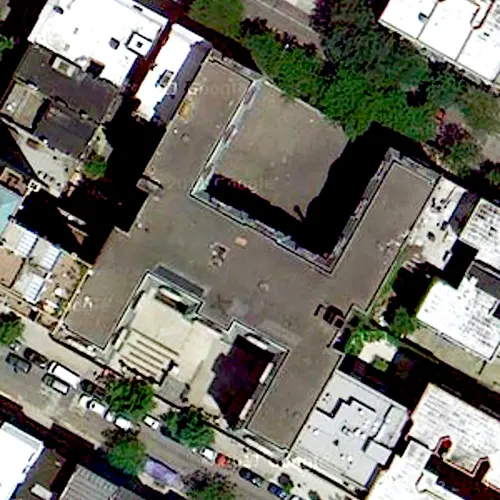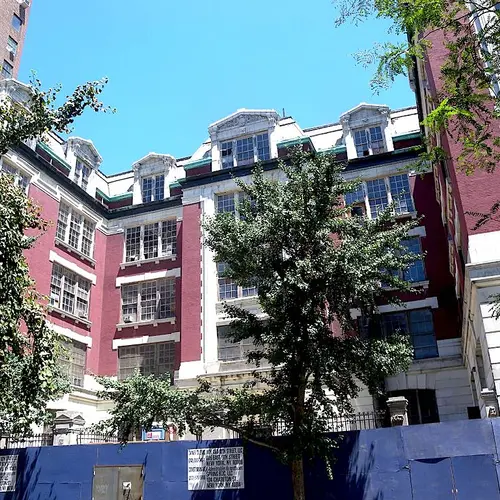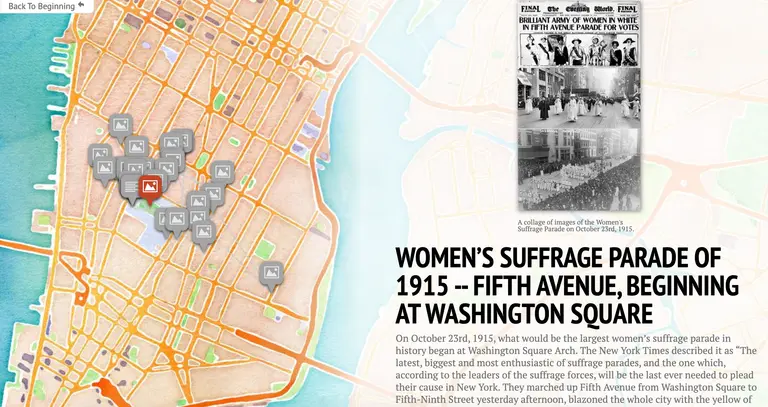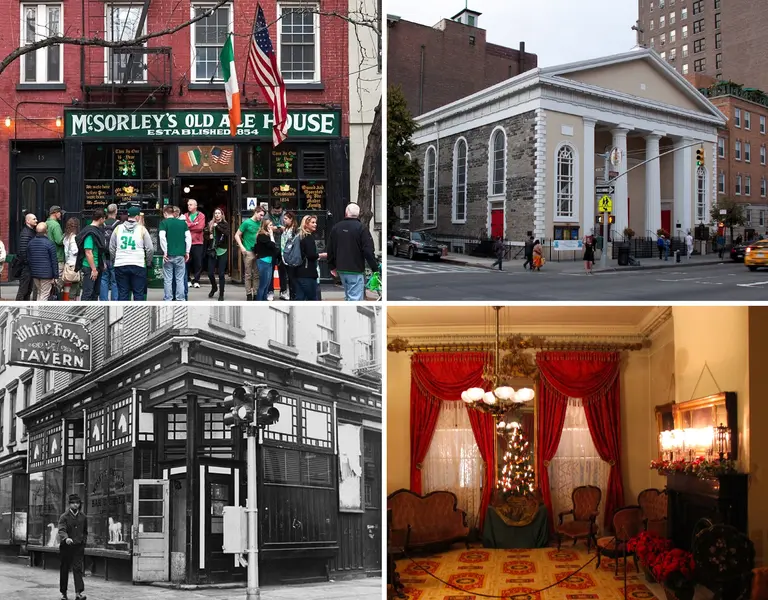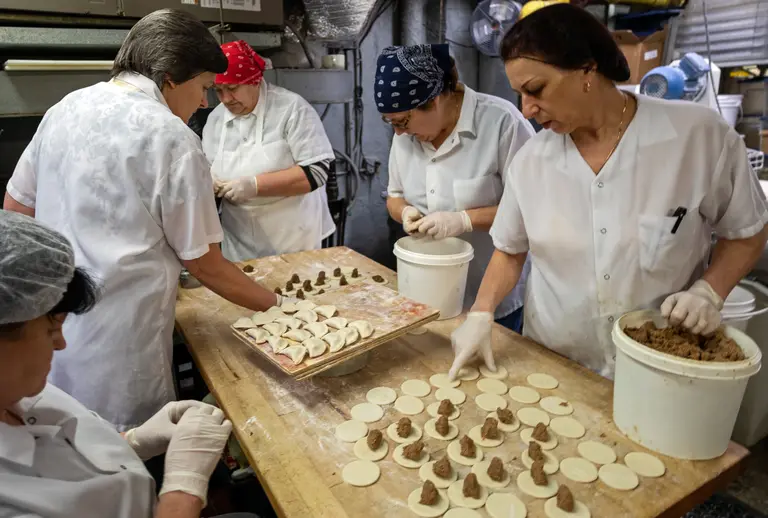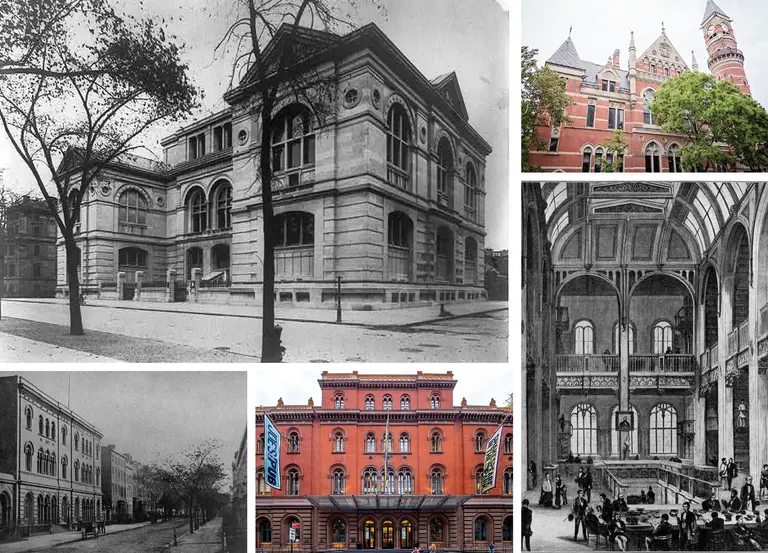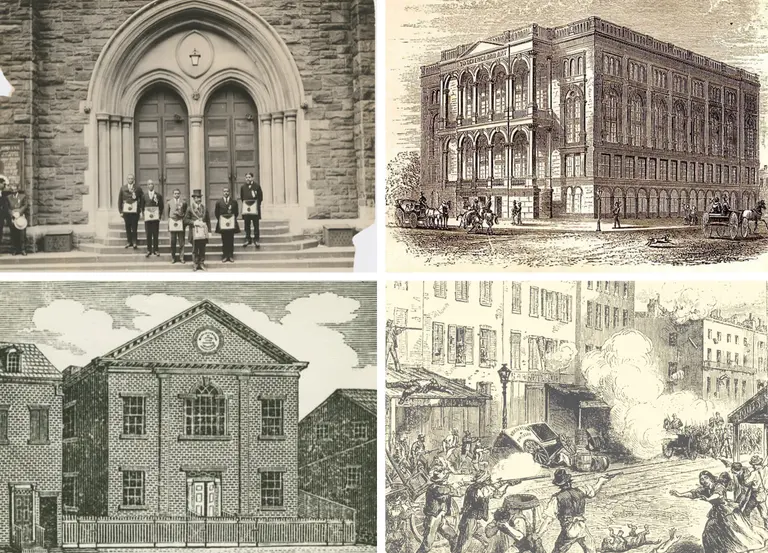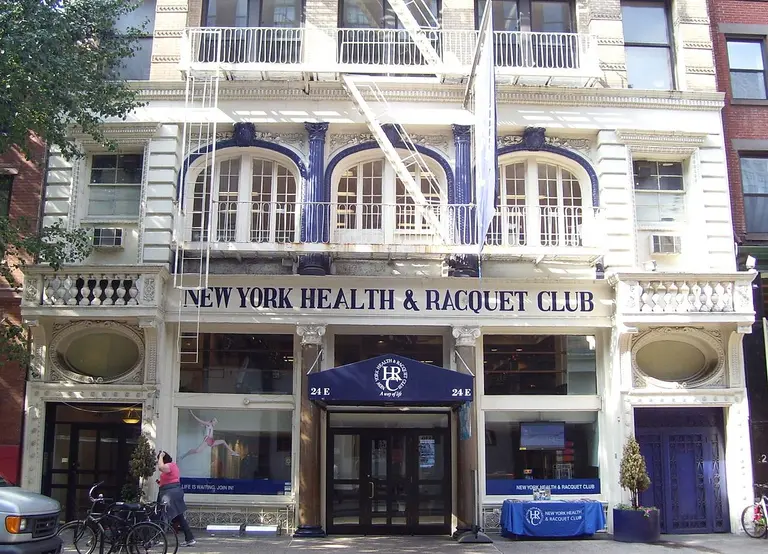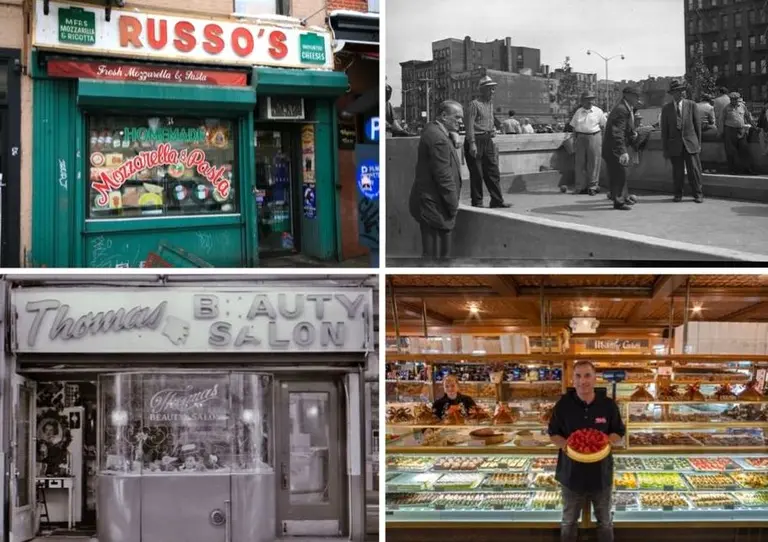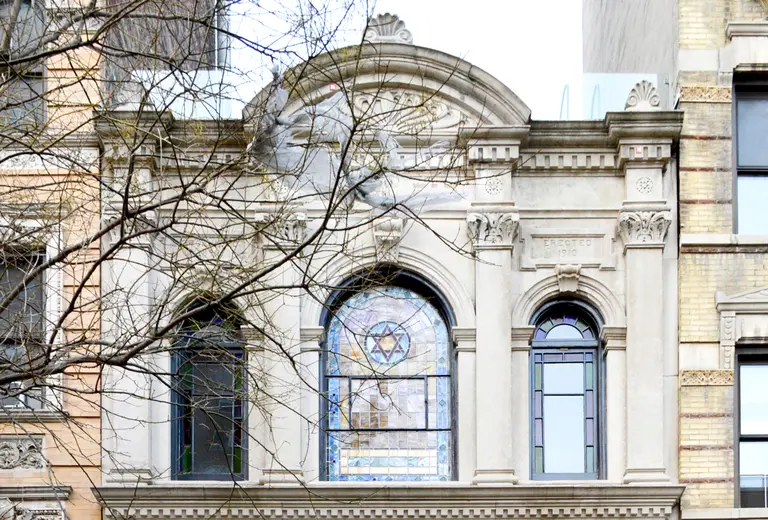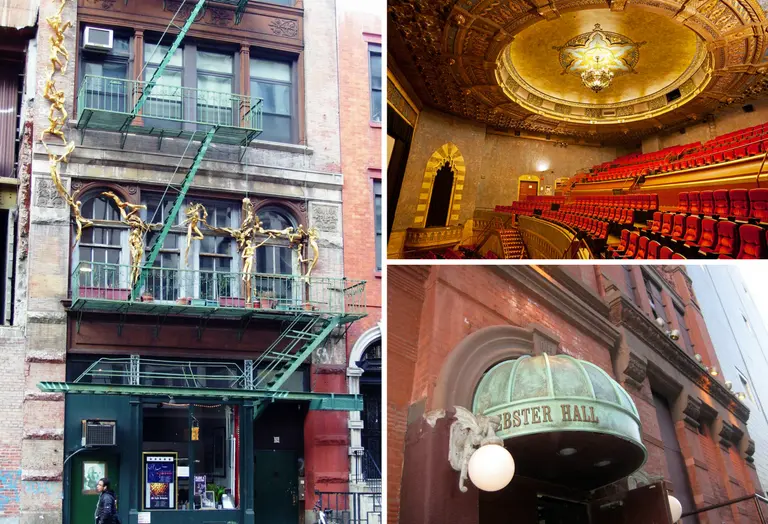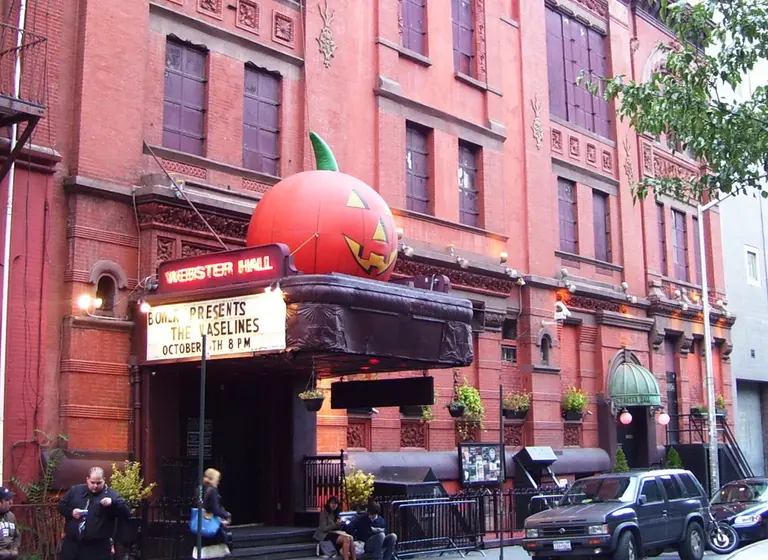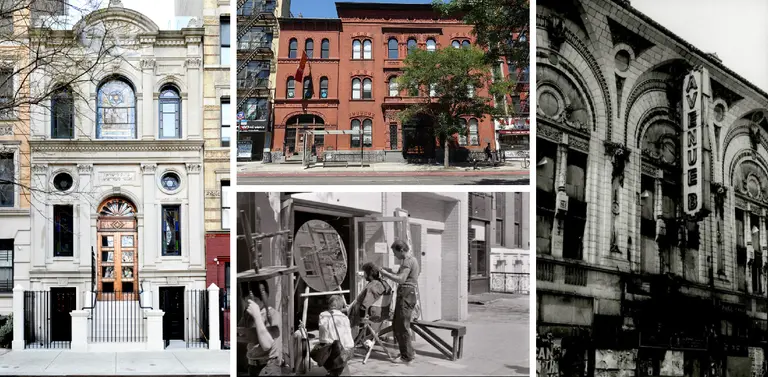Development dispute over P.S. 64 in the East Village continues, two decades later
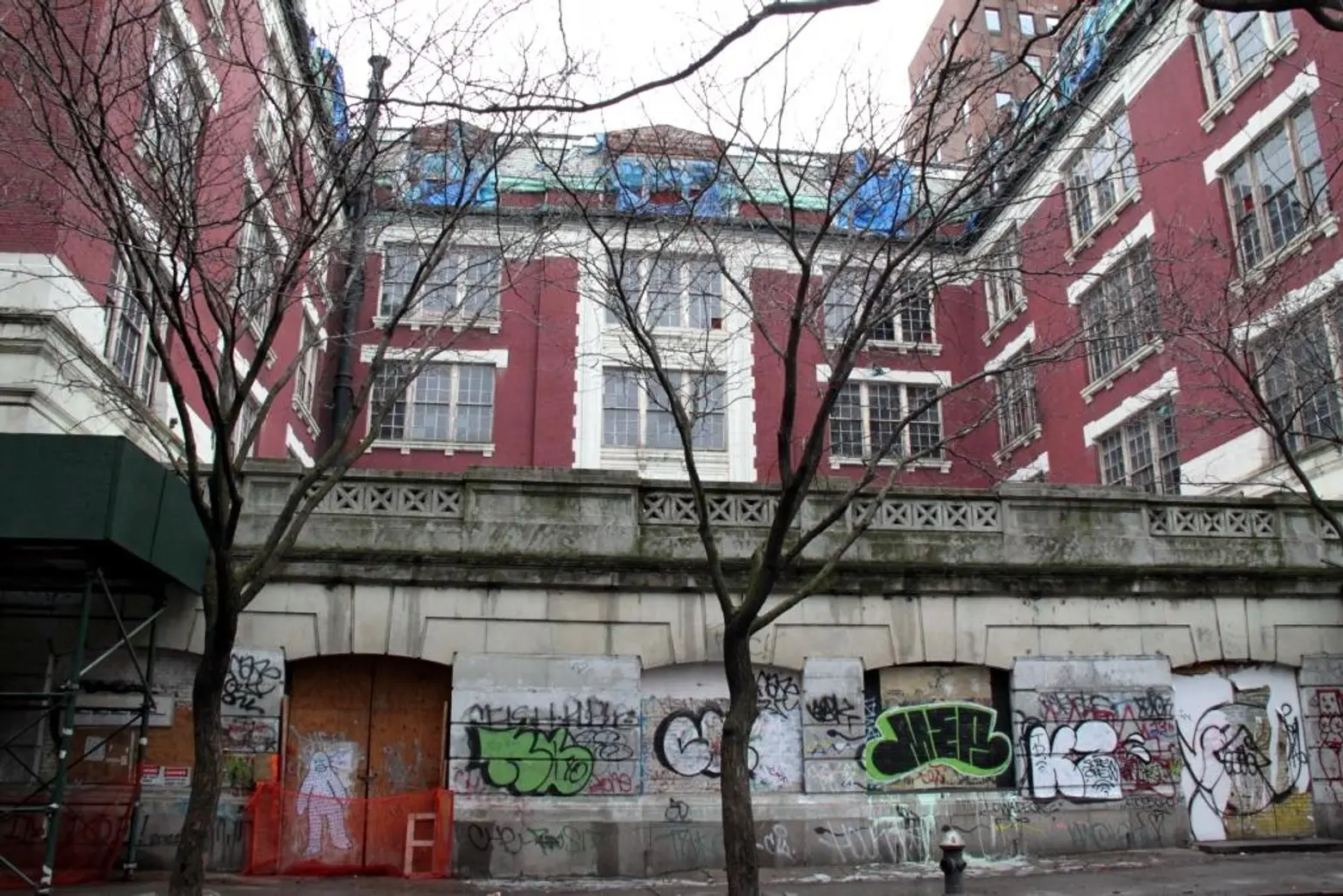
P.S. 64 in 2013, courtesy of GVSHP
Twenty years ago, on July 20, 1998, Mayor Rudy Giuliani sold former Public School 64 on the Lower East Side, then home to the Charas-El Bohio Community and Cultural Center, to a developer, despite opposition from the building’s occupants and the surrounding community. The decision and the building remain mired in controversy to this day. Community groups and elected officials will hold a rally in front of the building at 605 East 9th Street on Friday at 6 pm to mark the 20th anniversary of the sale and to call on Mayor Bill de Blasio to return the building to a community use.
Work began on the former P.S. 64 on June 12, 1904, just three days before the General Slocum disaster would take the lives of more than a thousand residents of this neighborhood, largely children who likely would have attended this school once completed. Opened in the fall of 1906, the school was located in the exceptionally crowded immigrant district on East 9th and 10th Streets between Avenues B and C, which was at the time in the most densely populated neighborhood in the United States, and possibly the world.
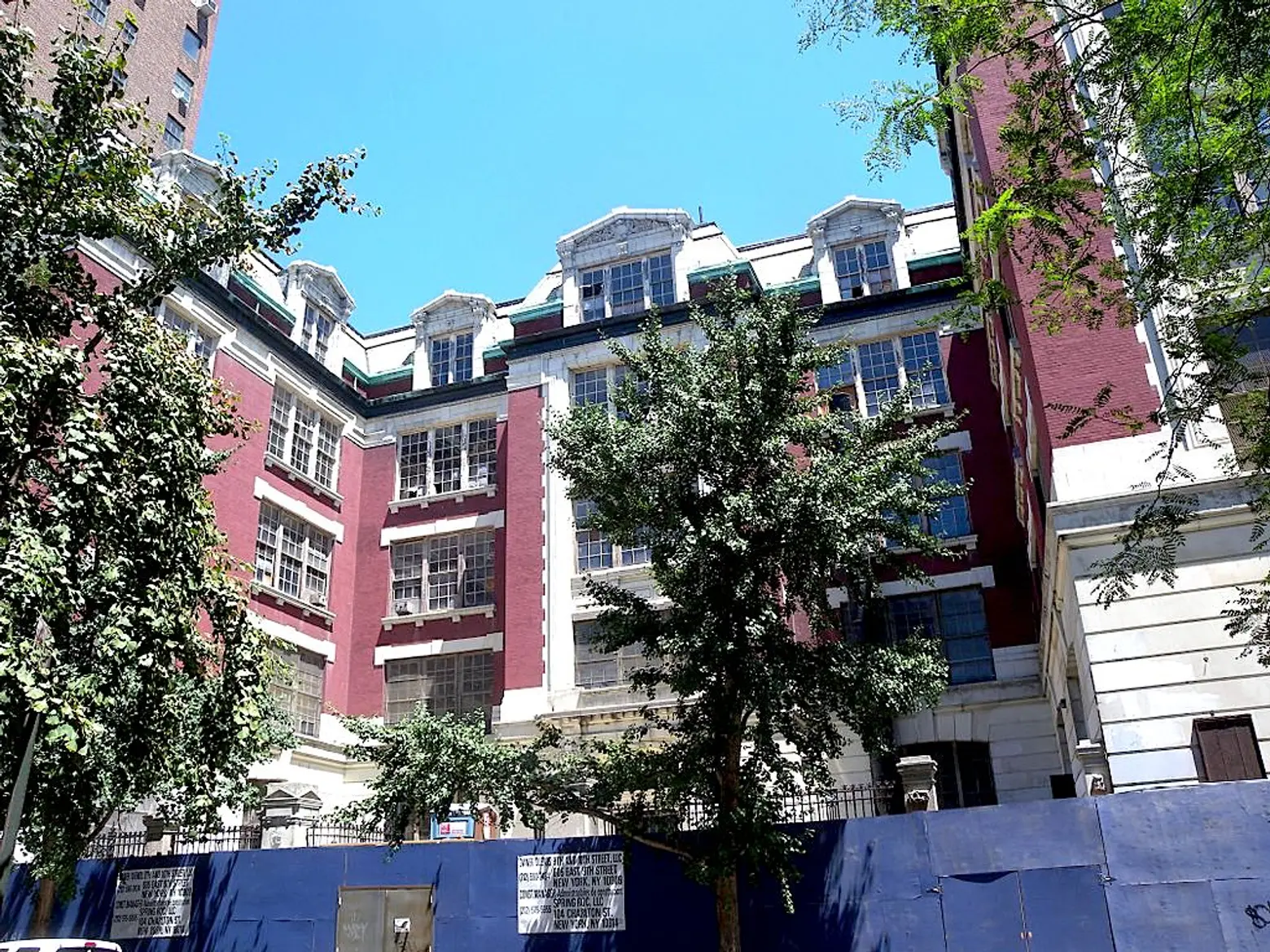
Photo via Wikimedia
Designed by New York City school superintendent CBJ Snyder, the pioneering design doesn’t seem as so today because its innovations were so thoroughly adopted and standardized as part of school design in the early 20th century. The “H-plan” layout placed classrooms on multiple wings looking out on open space, a rare commodity in these crowded tenement districts, and necessary in these days before air conditioning or electric illumination.
The design made for bright and airy classrooms that were a dramatic improvement over the cramped spaces urban children previously occupied. Another invaluable asset the design offered was a large ground floor auditorium, which became a gathering space not just for the school’s children but their parents and the broader community.
Innovation continued here. P.S. 64 was the first school in the city to have electric lights in its yard, which also became the setting for free outdoor Shakespeare performances –half a century before Joe Papp brought such cultural offerings to the masses in Central Park. Elizabeth Irwin, the noted progressive education pioneer, cut her teeth here from 1912 to 1921, before leaving to found the Little Red Schoolhouse just across town.
During this first chapter of its life, P.S. 64 produced a bounty of talented alumni, particularly in the field of entertainment. Among those who all spent their formative grade school years at P.S. 64 were Joseph Mankiewicz, the Academy Award-winning director, producer, and screenwriter of classic films such as All About Eve, The Philadelphia Story, and Guys and Dolls; Morris Greene, who produced Eugene O’Neill’s Desire Under the Elms on Broadway and Cole Porter’s Greenwich Village Follies; and Yip Harburg, the lyricist behind “Somewhere Over the Rainbow,” “Brother Can You Spare A Dime?”, and “April in Paris.”
By the postwar years, however, P.S. 64 was losing population, as was the surrounding neighborhood. Urban renewal, stricter immigration laws, and finally disinvestment and abandonment resulted in a hollowing out of the neighborhood, burnt out buildings, and vacant lots. In 1977, the school was shuttered.
An organization called CHARAS-El Bohio took over the building, creating a vibrant community and cultural center that helped launch the careers of talents such as Spike Lee, John Leguizamo, Luis Guzman, Marlis Momber, and Keith Haring, while offering dance and painting studio space, martial arts training for kids, poetry readings, and social services for seniors and those in need for two decades.
But by 1998, the neighborhood’s great decline had been reversed, and real estate developers were drawn to the area. On July 20 of that year, over vociferous protests, the former public school and community center was sold to developer Gregg Singer. Although a restrictive declaration was attached to the building requiring that it be used only as a ‘community facility,’ CHARAS-El Bohio left the building in 2001.
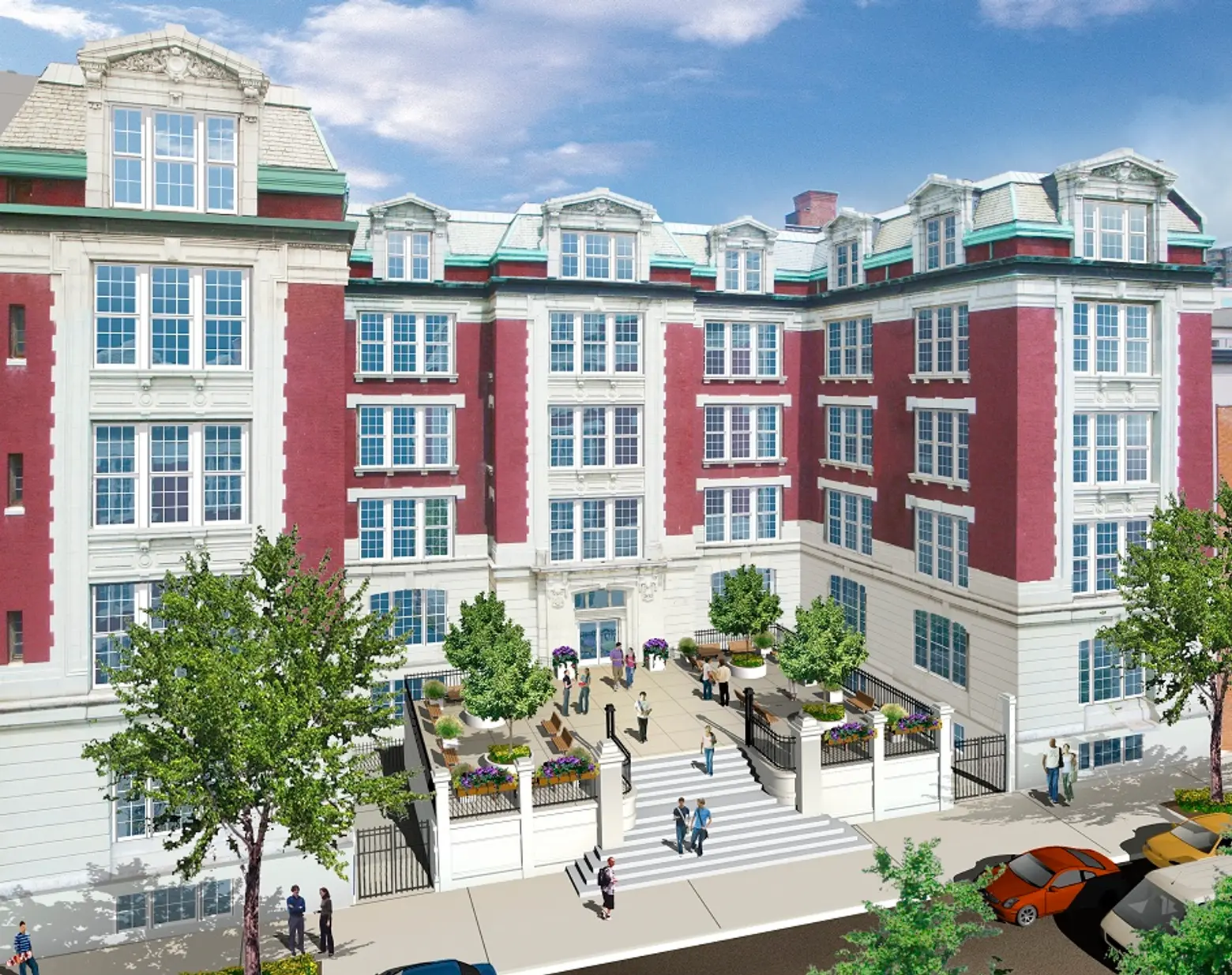
Rendering of the University House dorm, via Urban Student Living
Singer embarked upon several efforts to develop the site. First, he pursued plans to demolish the structure and build a 20+ story dorm for multiple schools in its place, to be known as ‘University House.’ However, a movement to seek landmark protections for more of the East Village’s rich history was underway, and the city’s Landmarks Preservation Commission was beginning to look at more sites connected to immigrant and social history. In 2006, eight years after the sale of the building, it was landmarked by the City of New York, ending plans for its demolition.
“Dorms” were proliferating in the East Village and elsewhere in New York City, whereby developers would claim that a project was a “community facility” (which includes dorms) when filing plans with the city, but would build something actually intended to function as a residence, hostel, or something else. In an effort to prevent this from continuing to occur, the city enacted the “dorm rule” which required developers have a 10-year lease in place from an accredited educational institution for an entire development before it could get a permit to build as a “dorm.”
Through three Mayoral administrations – Giuliani, Bloomberg, and de Blasio – the developer’s plans for the converting the building into a dorm, homeless shelter, and drug treatment center either never materialized or failed to pass legal muster to receive required permits. The building remains empty and deteriorated to this day.
In the final twist, in 2017 while campaigning for reelection, at a Lower East Side Town Hall, de Blasio said publicly: “I’m announcing tonight the city’s interest in re-acquiring that building. We are ready to right the wrongs of the past.”
This post comes from the Greenwich Village Society for Historic Preservation. Since 1980, GVSHP has been the community’s leading advocate for preserving the cultural and architectural heritage of Greenwich Village, the East Village, and Noho, working to prevent inappropriate development, expand landmark protection, and create programming for adults and children that promotes these neighborhoods’ unique historic features. Read more history pieces on their blog Off the Grid.
RELATED:

